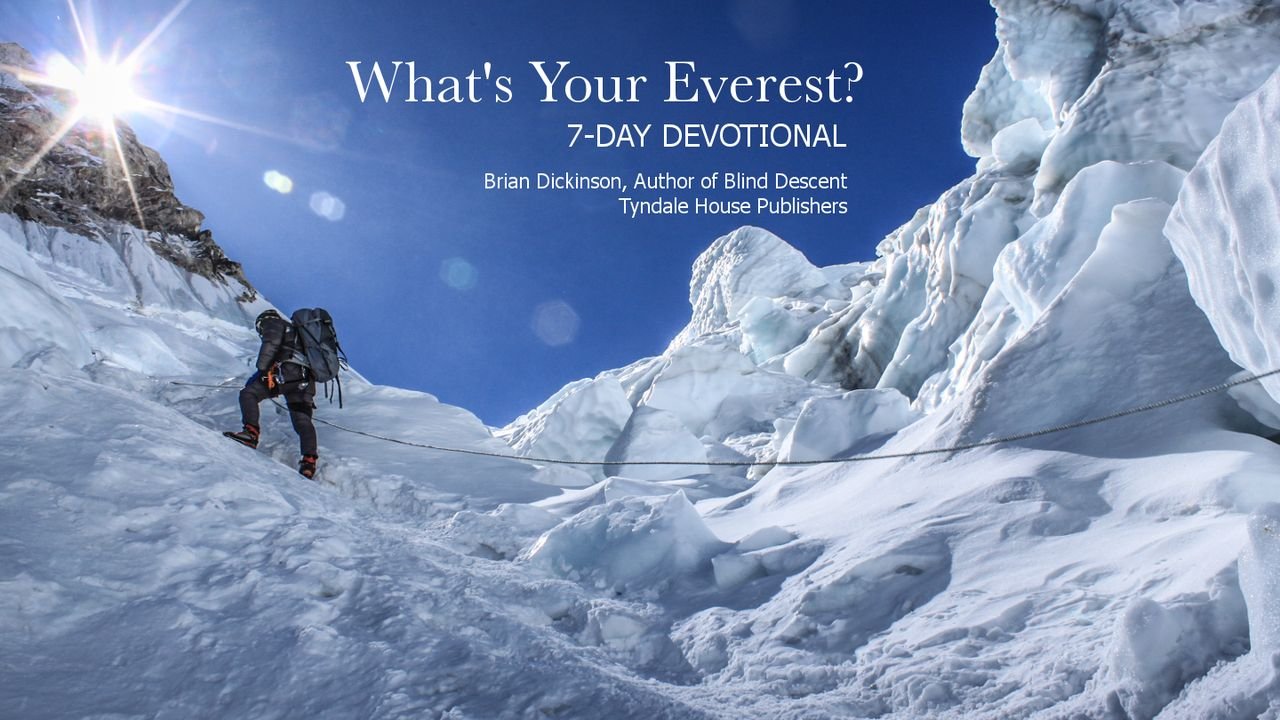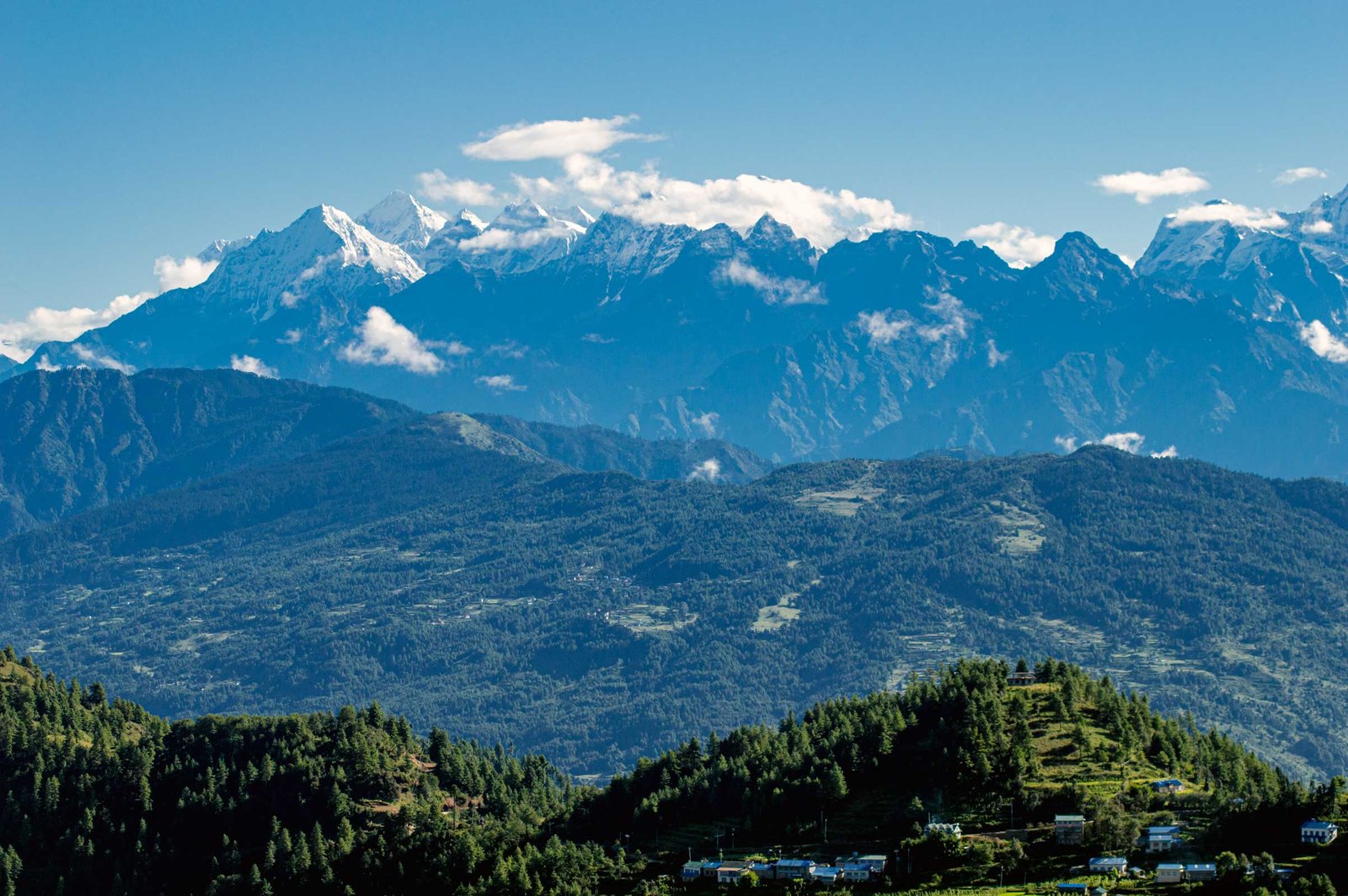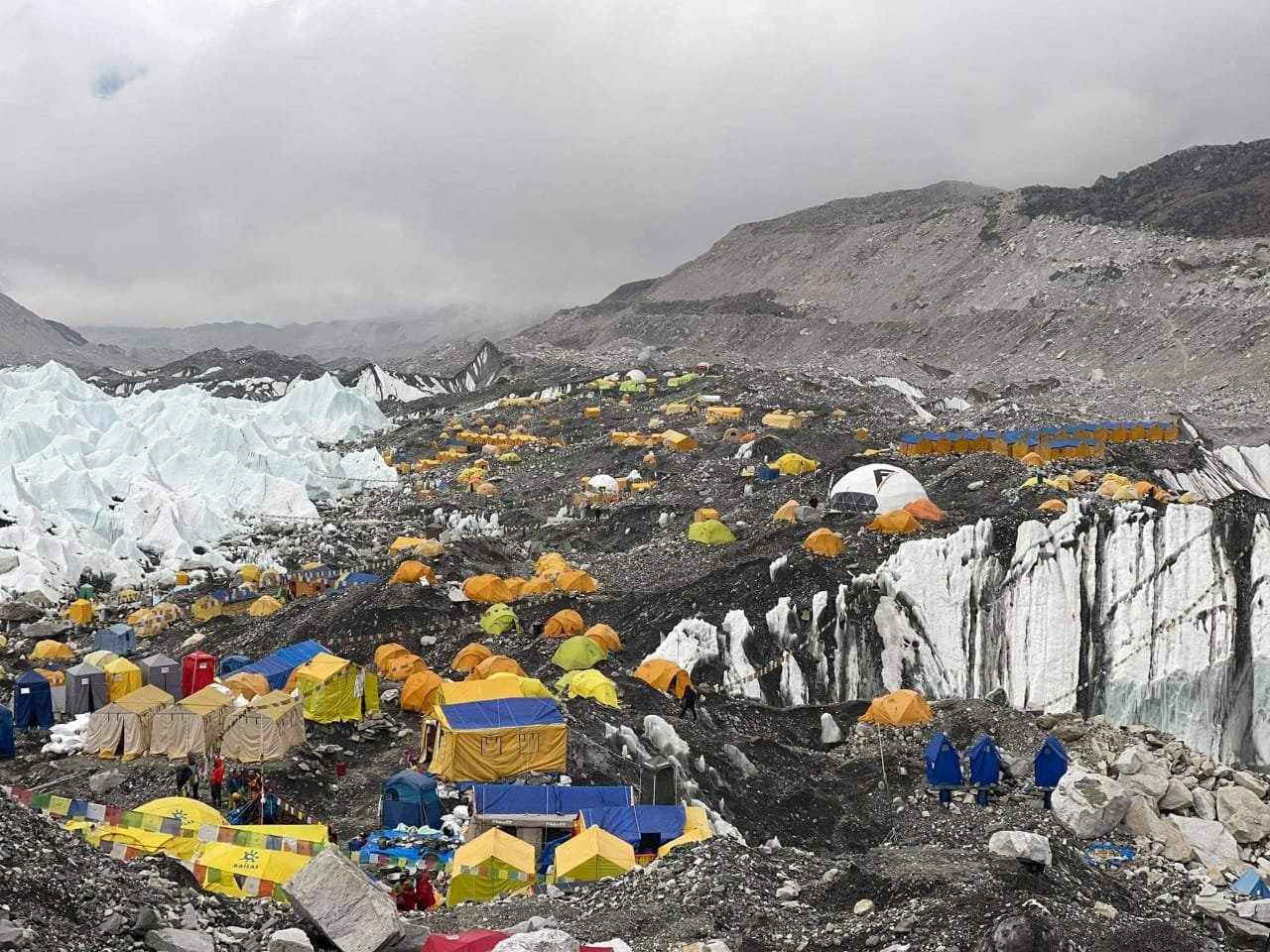Embarking on an Everest tour is an adventurous undertaking that requires careful planning and preparation. Amidst the physical and mental challenges, one aspect that often gets overlooked is the importance of appropriate clothing. Dressing correctly for a trek to Mount Everest is crucial for ensuring comfort, safety, and overall enjoyment of the journey.

Clothing Tips for Trekking to Mount Everest:

Layer Up: Everest experiences diverse weather conditions, from freezing temperatures at high altitudes to warmer weather at lower elevations. Layering your clothing allows you to adapt to changing temperatures easily. Wear a base layer made of a moisture-wicking fabric, a mid-layer for insulation, and an outer shell for protection from wind and precipitation.

Choose Breathable Fabrics: Opt for clothing made from breathable materials that allow sweat to evaporate, keeping you dry and comfortable during strenuous activities. Natural fabrics like wool and merino wool are excellent choices as they provide warmth, wick moisture, and resist odors. Avoid cotton, as it absorbs sweat and can lead to dampness and discomfort.
Insulate Properly: Temperatures at higher altitudes can drop significantly, making proper insulation essential. Pack a warm down jacket or a synthetic insulated jacket for when you reach higher elevations. Ensure that your jacket fits well and provides adequate coverage to protect your body from the cold.
Protect Your Extremities: Hands, feet, and head are particularly vulnerable to cold weather. Wear insulated gloves and a warm hat to keep your head and ears covered. Additionally, pack a pair of waterproof mittens for added protection against extreme cold. Ensure your footwear is waterproof, provides good ankle support, and has a comfortable fit.
Consider Sun Protection: Even at high altitudes, the sun’s rays can be intense. Carry a hat, sunglasses, and sunscreen to protect yourself from sunburn, glare, and the harmful effects of UV radiation.
Choose Durable and Comfortable Clothing: The Everest trek involves challenging terrain and unpredictable weather. Select clothing that is durable and can withstand wear and tear. Look for clothing with reinforced seams, sturdy zippers, and materials that dry quickly. Additionally, ensure your clothing is comfortable to wear for long periods, as you will be spending many hours on the trail.
Pack a Raincoat or Waterproof Shell: Everest experiences unpredictable weather, including rain and snow. Pack a lightweight, packable raincoat or a waterproof shell to keep yourself dry in wet conditions. Choose a jacket that provides adequate coverage and ventilation to prevent overheating.
Carry Spare Clothing: It’s essential to have spare clothing in case of unexpected weather changes or if your clothes get wet. Pack an extra set of base layers, mid-layers, and socks to ensure you have dry and clean clothing when needed.
Pack Appropriate Footwear: Trekking to Everest requires sturdy and supportive footwear. Choose hiking boots that are well-maintained, provide good traction, and offer ankle support. Ensure your boots are properly broken in to avoid blisters and discomfort.
Accessorize Wisely: Consider bringing additional items like gaiters, trekking poles, and a multipurpose scarf or neck warmer. Gaiters help keep debris and snow out of your boots, while trekking poles provide stability and reduce strain on your knees and ankles. A scarf can be used to protect your face from the sun, wind, and dust.
By following these clothing recommendations, you can ensure that you’re adequately prepared for your Everest tour, allowing you to focus on enjoying the incredible journey ahead. Remember, dressing appropriately not only enhances your comfort and safety but also contributes to a successful and memorable Everest experience.## Title: Dress For Success: Clothing Advice For Your Everest Tour
Executive Summary
Climbing Mount Everest is no easy feat. It is the highest mountain on Earth and reaching the summit requires careful planning, preparation, and the right gear to keep climbers safe in extreme conditions. One important aspect of your Everest expedition wardrobe is knowing how to dress appropriately and prepare your clothing for maximum performance on the mountain. In this guide, we will provide detailed advice on how to select and equip yourself with the necessary clothing to conquer Mount Everest.
Introduction
Your clothing plays a vital role in your safety and success on your journey to conquer Mount Everest. From base camp gear to high- altitude mountaineering apparel, our guide covers everything you need to know about dressing for success on your Everest tour.
Planning for your Everest trek requires understanding the extreme temperature fluctuations and unpredictable weather conditions commonly encountered on the mountain. To adapt to these challenges, layering and investing in high-quality, specialized gear are essential. Our guide highlights specific clothing items for each phase of your expedition and their relevance to providing warmth, breathability, and protection against various weather elements.
Base Layer
Your base layer is the foundation for regulating body temperature and managing moisture. Choose moisture-wicking and non-cotton materials that effectively draw sweat away from the skin.
- Synthetic fabrics like polyester and nylon are excellent base layer choices for their quick-drying properties and ability to avoid moisture build-up.
- Long-sleeved base layers are preferable as they protect your arms from the sun and cold.
- Merino wool is another popular choice due to its natural warmth and moisture regulation, making it ideal for both base and subsequent layers.
Mid- Layer
The mid-layer serves as an insulating barrier against the cold and can be adjusted as needed to respond to varying temperature conditions.
- Fleece jackets and insulated vests provide excellent warmth and breathability.
- Soft-shell jackets offer additional wind and water resistance.
- Down jackets are a good option for high-altitude use due to their remarkable warmth-to-weight ratio.
- Remember, layering allows you to adjust your clothing according to changing weather conditions or activity level.
Outer Layer
Your outer layer serves as the outermost barrier against harsh weather conditions. It should be windproof, waterproof, and breathable.
- Hard-shell jackets are the ultimate protection against wind, rain, and snow.
- Soft-shell jackets are more flexible and breathable, providing comfort during activities that generate heat.
- Mountaineering pants made from durable materials like Gore-Tex offer protection from elements and abrasion resistance.
- Select gaiters to protect your lower legs from snow and debris.
- Always pack a spare pair of gloves in case the first pair gets wet or damaged.
Additional Gear
In addition to these key layers, various other clothing items are essential for your Everest tour.
- Hats, buffs, and beanies are essential for head and neck protection from the elements.
- Sunglasses and goggles are essential for shielding your eyes from the sun and snow glare.
- Warm socks made from wool or synthetic materials are key to keeping your feet comfortable and dry.
- Mountaineering boots designed for high-altitude environments are a crucial safety feature to ensure proper support and traction.
- Carry a backpack that can accommodate your equipment and food, as well as emergency items like a first-aid kit and a signaling device.
Conclusion
Dressing for success on your Mount Everest tour requires careful planning and selection of specialized gear to endure extreme weather conditions and unforeseen challenges. Layering is key, and each layer should contribute to warmth, breathability, and protection. Always pack extra items to account for weather changes or potential mishaps. By following these guidelines and working with reputable outdoor outfitters, you can ensure that your clothing is an asset, not an obstacle, in your pursuit of conquering Mount Everest.
Keyword Phrase Tags:
- Everest clothing guide
- Everest expedition gear
- Mountaineering apparel
- Layering for Everest
- Everest base camp gear

